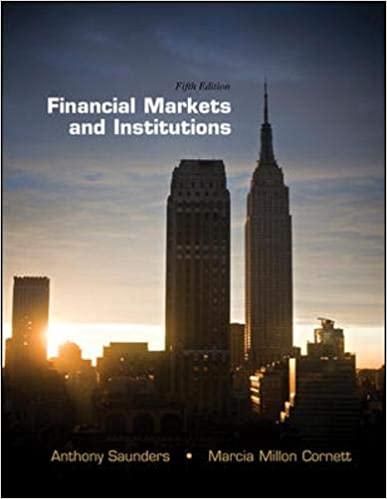
A market consists of two population segments, A and B. An individual in segment A has demand for your product: qa = 1-p. An individual in segment B has demand for your product: q = 2 2*p. Each segment has 1000 people in it. Marginal cost is zero. Fixed cost is zero. a) (5 points) Assume that you can only charge the same price to both segments, and you cannot charge any fixed fee (i.e., you cannot use two-part tariff). What is the profit- maximizing price? What is the corresponding total quantity demanded? What are the corresponding profits? [You need to first show the total market demand for your product. Then use it to help you derive the answers.] b) (6 points) Assume that you can tell which segment each individual belongs to, and you can use a two-part tariff. Design two different two-part tariffs to maximize your profits, one for segment A, and one for segment B. What are the fixed fees and per unit prices for these two two-part tariffs? What are the corresponding profits from each segment? c) (6 points) Assume that you cannot tell which segment each individual belongs to, and you can use two-part tariff. Design two different two-part tariffs to maximize your profits, one for segment A, and one for segment B. Assume that the per unit price for segment A is 0.5. What is the fixed fee for segment A? What are the per unit price and fixed fee for segment B? What are the corresponding profits from each segment? A market consists of two population segments, A and B. An individual in segment A has demand for your product: qa = 1-p. An individual in segment B has demand for your product: q = 2 2*p. Each segment has 1000 people in it. Marginal cost is zero. Fixed cost is zero. a) (5 points) Assume that you can only charge the same price to both segments, and you cannot charge any fixed fee (i.e., you cannot use two-part tariff). What is the profit- maximizing price? What is the corresponding total quantity demanded? What are the corresponding profits? [You need to first show the total market demand for your product. Then use it to help you derive the answers.] b) (6 points) Assume that you can tell which segment each individual belongs to, and you can use a two-part tariff. Design two different two-part tariffs to maximize your profits, one for segment A, and one for segment B. What are the fixed fees and per unit prices for these two two-part tariffs? What are the corresponding profits from each segment? c) (6 points) Assume that you cannot tell which segment each individual belongs to, and you can use two-part tariff. Design two different two-part tariffs to maximize your profits, one for segment A, and one for segment B. Assume that the per unit price for segment A is 0.5. What is the fixed fee for segment A? What are the per unit price and fixed fee for segment B? What are the corresponding profits from each segment







